Case Study of a man who fell and got lacerated in his lower left leg
VerifiedAdded on 2022/08/12
|5
|962
|15
AI Summary
In the case study of Daniel who is a 62 year old man, became dizzy while working and fell and got a large laceration in his lower left leg (Chen et al., 2018). The injury can occur at any part in the body, like in the case study; Daniel got the injury in his left leg. It is the reaction of the immune system towards the injurious stimuli, for instance the bacteria, impaired cells, toxic composites, or irradiation, and functions by eliminating the harmful stimuli
Contribute Materials
Your contribution can guide someone’s learning journey. Share your
documents today.
1 out of 5
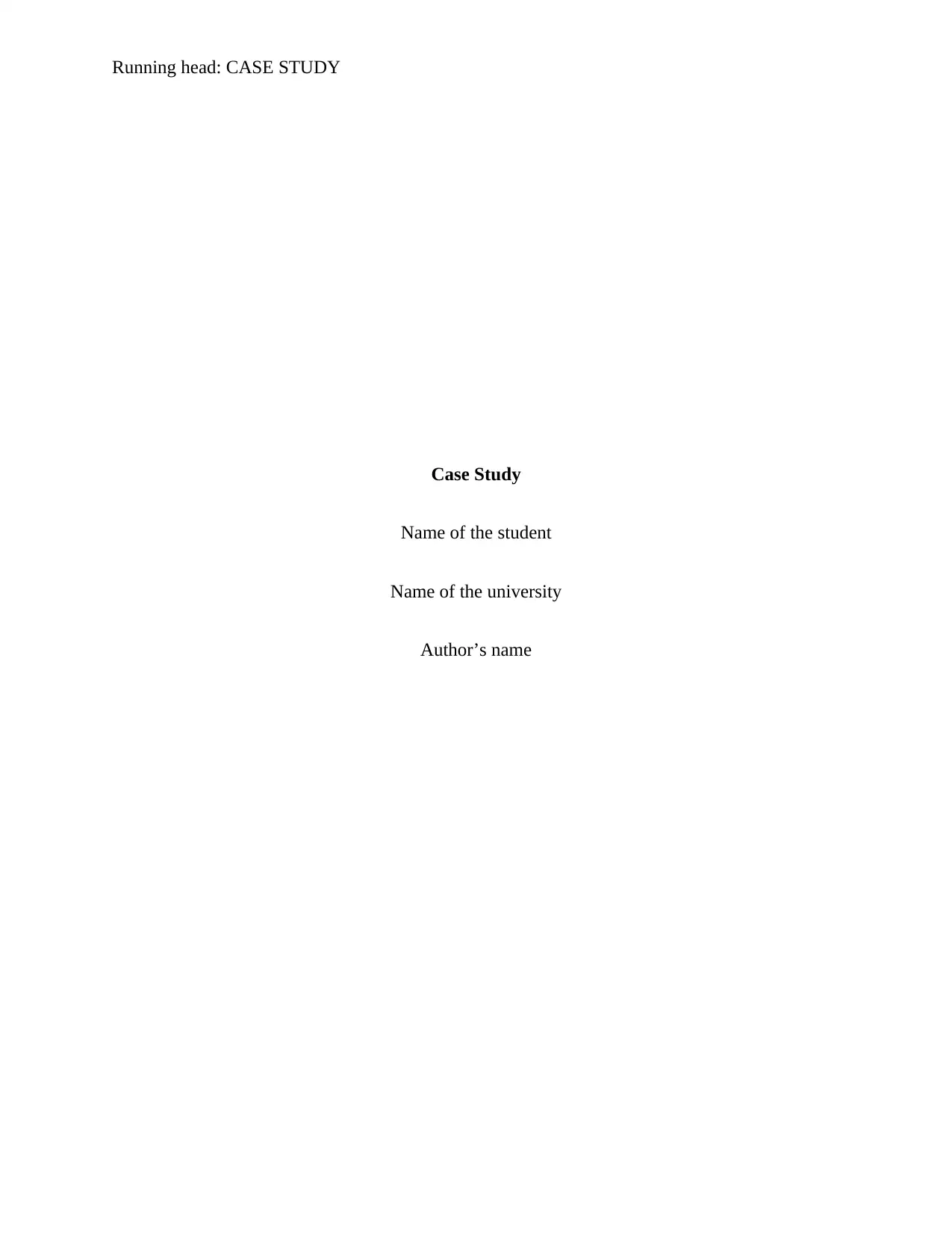
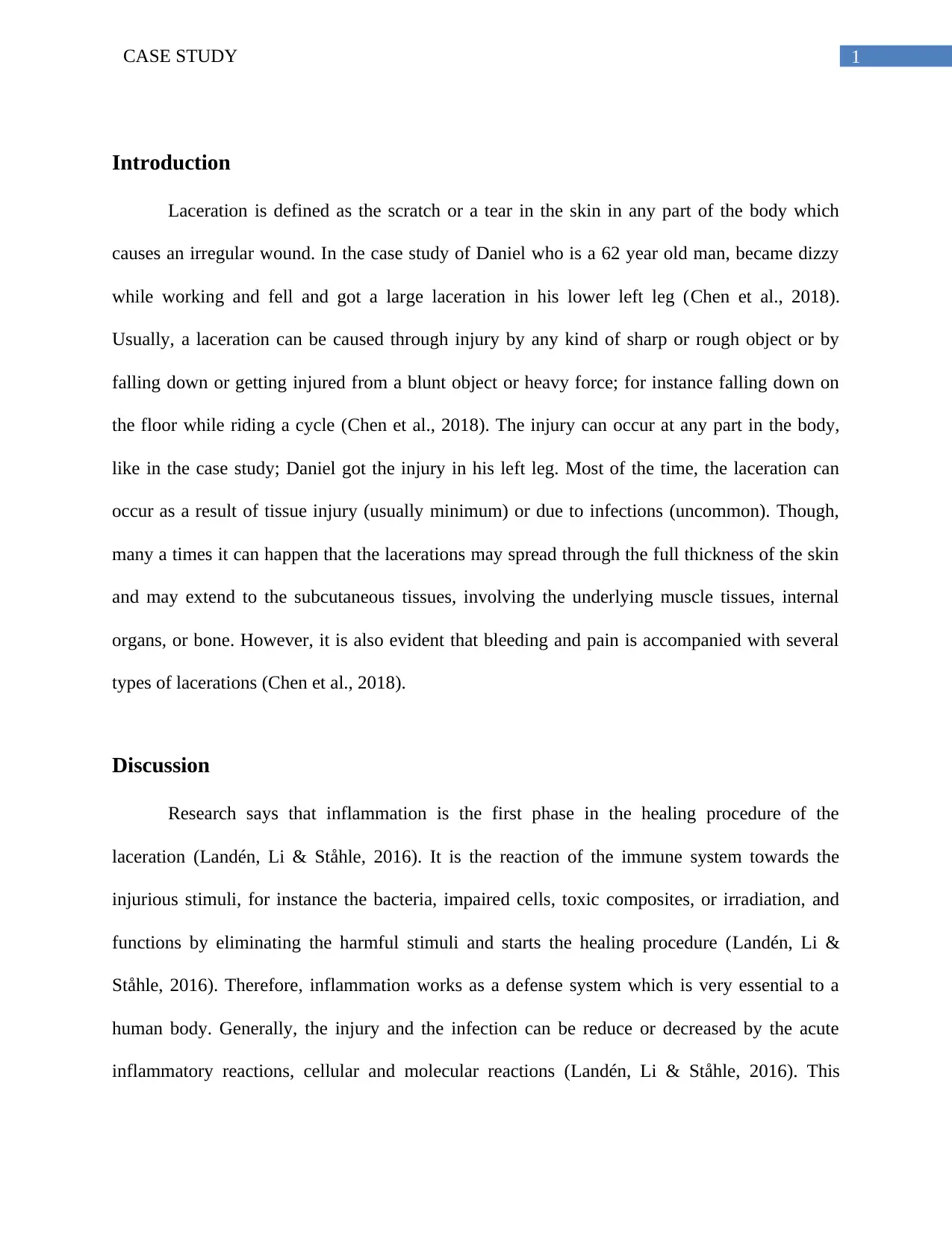
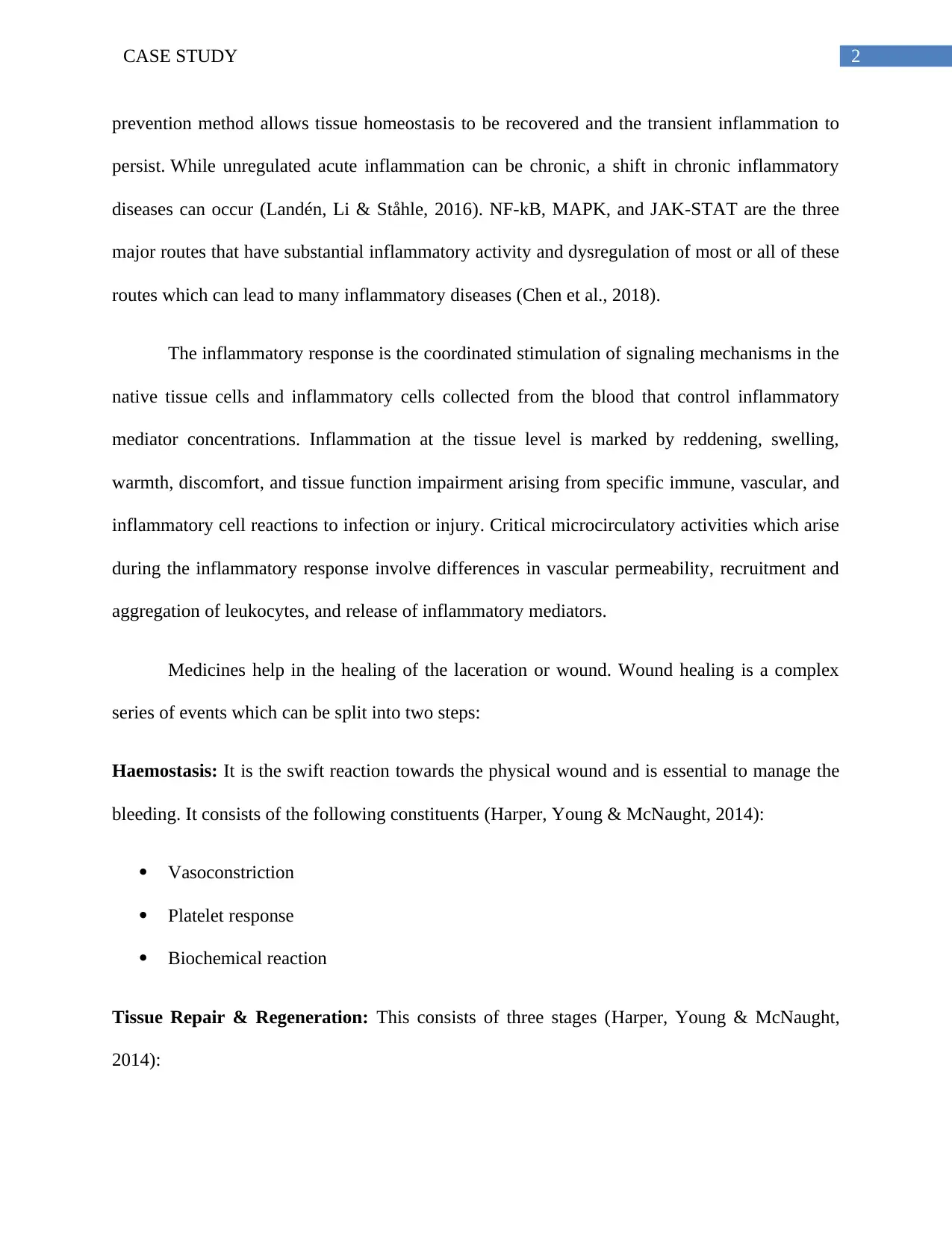
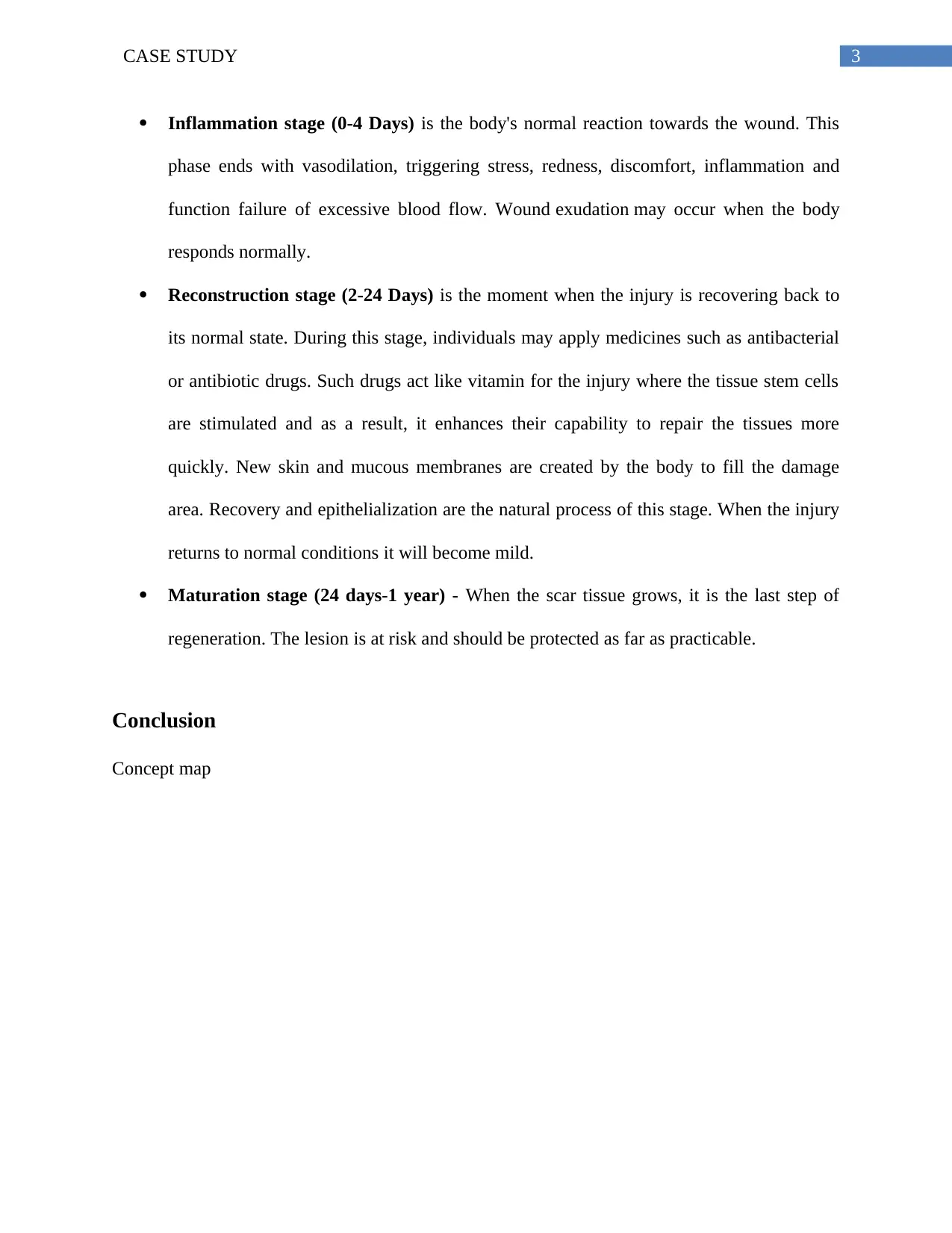
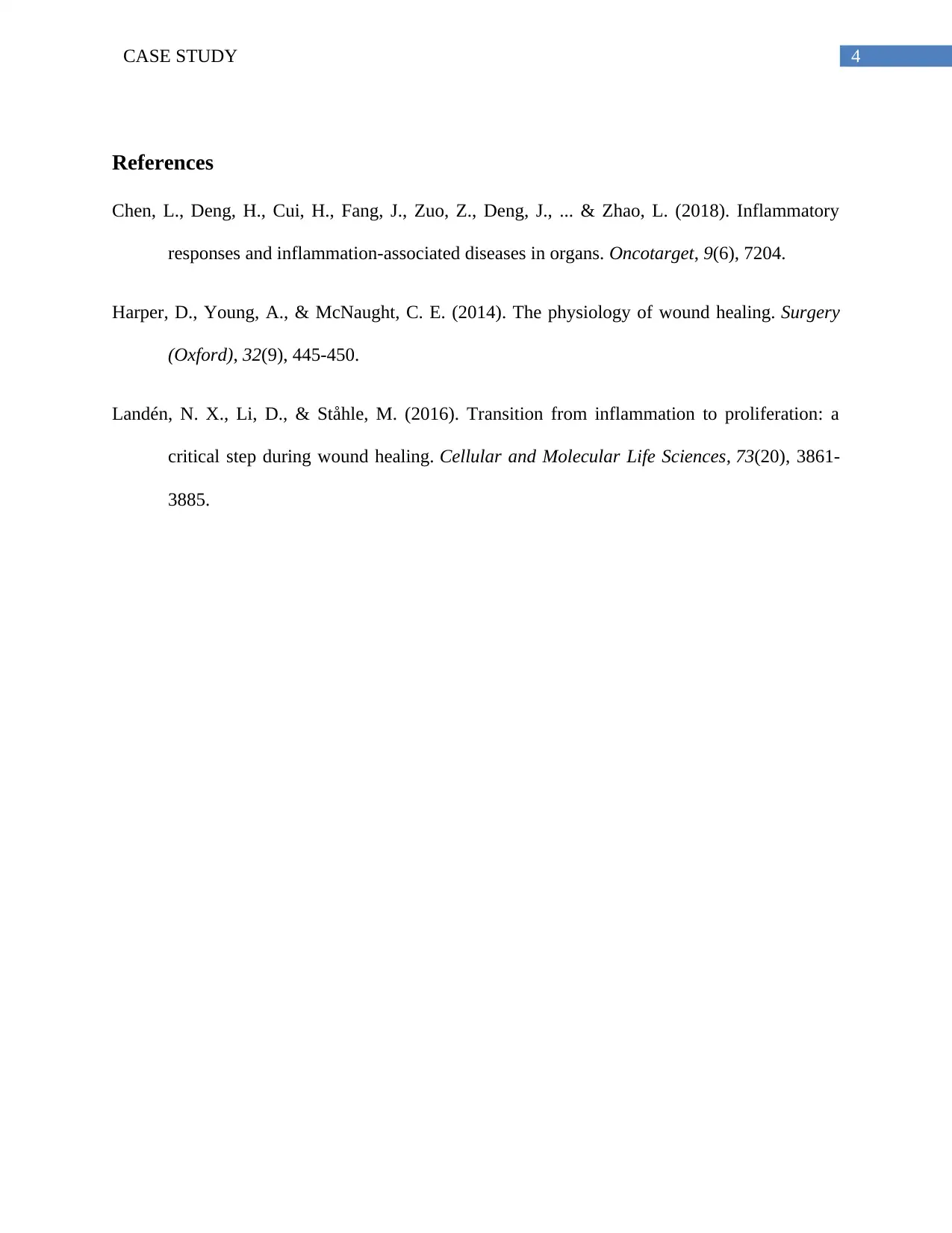





![[object Object]](/_next/static/media/star-bottom.7253800d.svg)